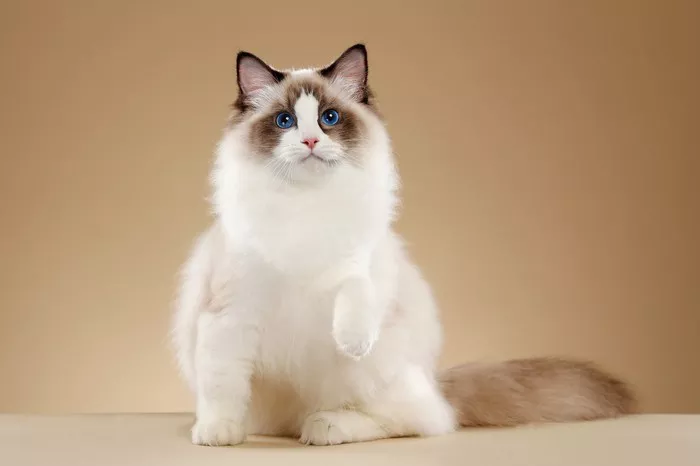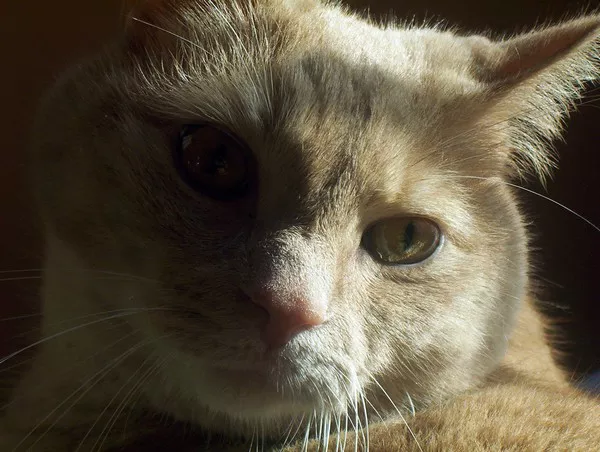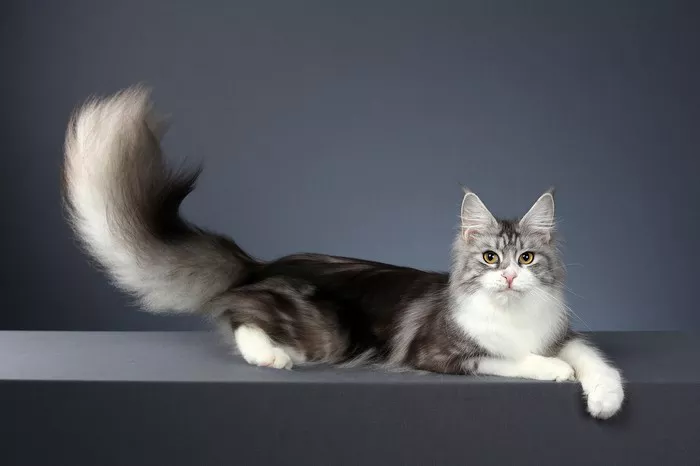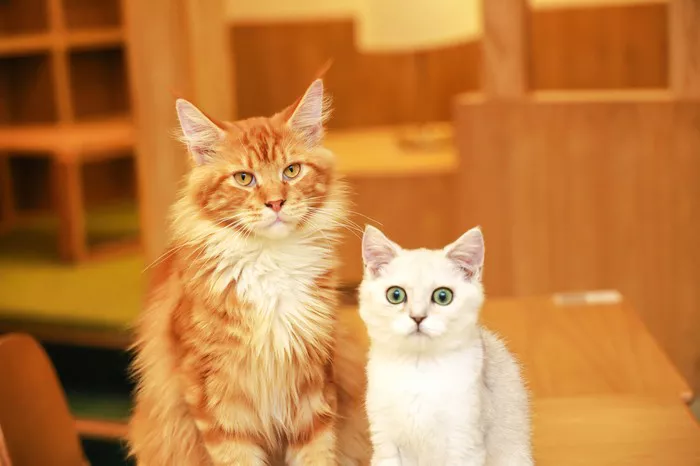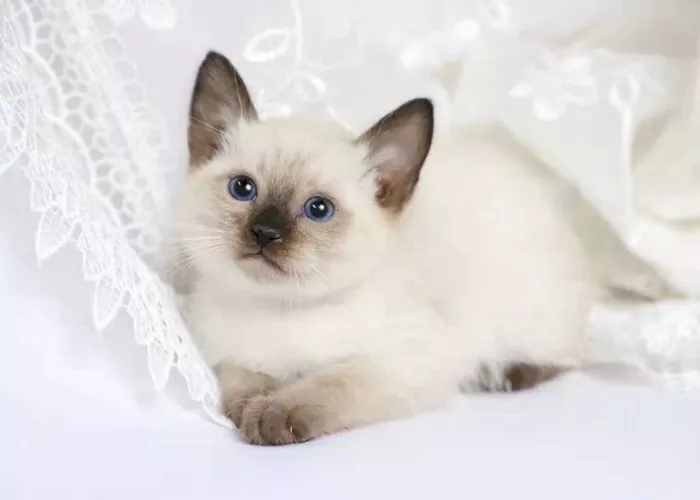Ragdoll cats are known for their captivating beauty and gentle demeanor, making them a highly sought-after breed among cat enthusiasts. From their striking blue eyes to their luxurious semi-longhair coat, Ragdolls possess a distinct and alluring appearance. In this article, we will explore the unique features that define the enchanting look of a Ragdoll cat.
Body Structure and Size
Ragdolls are large, sturdy cats with a solid and muscular build. They have a well-balanced body structure, exhibiting a rectangular shape rather than being overly round or slender. Adult Ragdolls can weigh between 10 to 20 pounds (4.5 to 9 kilograms), with males typically being larger than females.
Distinctive Facial Characteristics
One of the most captivating aspects of a Ragdoll cat’s appearance is their face. They have a broad, modified wedge-shaped head with softly rounded contours, giving them a sweet and open expression. Ragdolls possess full cheeks and a well-defined muzzle, which adds to their overall adorable look.
Eyes: Pools of Blue
The mesmerizing blue eyes of a Ragdoll cat are one of their most defining features. Their eyes are large, oval-shaped, and set well apart. The vivid blue color, often compared to sapphires, enhances their gentle and serene expression. It is important to note that Ragdoll kittens are usually born with blue eyes, which gradually deepen in color as they grow.
Color Point Coat Patterns
Ragdolls are predominantly known for their color point coat patterns, which feature a lighter body color and darker points on the ears, face, paws, and tail. These points come in various shades, including seal, blue, chocolate, lilac, flame (red), and cream. The coat’s contrast between the body and the points is an exquisite characteristic that adds to the Ragdoll’s elegance.
Luxurious Semi-Longhair Coat
The Ragdoll’s semi-longhair coat is another stunning feature that contributes to their overall charm. The coat is soft, silky, and lacks an undercoat, making it less prone to matting compared to other longhaired breeds. The fur on their body is medium-length, becoming longer around the neck and chest, with a bushy plume-like tail. Ragdolls require regular grooming to maintain their coat’s health and prevent tangles.
Variations in Patterns
In addition to the color point pattern, Ragdolls can also exhibit various patterns, including mitted and bicolor. Mitted Ragdolls have white mittens on their front paws and often have a white chin and belly, while bicolor Ragdolls feature larger white areas on their bodies, including their legs, chest, and face. These patterns further enhance the visual appeal and individuality of each Ragdoll cat.
The Personality of a Ragdoll Cat
Aside from their distinctive physical appearance, Ragdoll cats are known for their laid-back and affectionate personalities. They are often described as “dog-like” in their behavior because they tend to follow their owners around the house and enjoy being held and cuddled.
One reason for their docile nature is that Ragdoll cats were specifically bred for their relaxed temperament. They were intended to be a calm and gentle breed that would be good with children, making them an excellent choice for families.
Despite their relaxed attitude, however, Ragdolls are also known for being playful and energetic. They enjoy interactive toys and games, and many even enjoy going for walks on a leash.
Overall, the combination of their gentle personality and playful nature makes Ragdoll cats an excellent pet for families looking for a loyal, affectionate companion.
The History of the Ragdoll Cat
The history of the Ragdoll cat is relatively short compared to other breeds. The breed was first developed in California in the 1960s by a woman named Ann Baker. Baker was a Persian breeder who was interested in creating a new breed with a more relaxed temperament.
To create the Ragdoll, Baker bred a white Angora-type cat named Josephine with several other cats, including a Birman, a Persian, and a Burmese. The resulting kittens had a docile nature and a soft, plush coat, which Baker believed made them unique.
Baker trademarked the name “Ragdoll” and created her own breed registry, which she controlled tightly. She only allowed breeders who followed her strict guidelines to use the Ragdoll name, which led to some controversy within the breeding community.
Despite this controversy, Ragdoll cats quickly gained popularity due to their striking appearance and gentle personality. Today, they are recognized by most major cat registries, including the Cat Fanciers’ Association (CFA) and The International Cat Association (TICA).
Conclusion
In conclusion, Ragdoll cats are a beautiful and unique breed known for their large size, soft coat, and docile personality. They make excellent pets for families looking for a loyal, affectionate companion who enjoys both playtime and cuddles.
Whether you’re a first-time cat owner or an experienced pet parent, the Ragdoll’s relaxed nature and striking appearance make them an excellent choice for anyone looking for a new furry friend.

